
Poor Man’s James Bond Night Vision Goggles
I have actually been debating the subject of this week’s review for a very long time. It seemed too good to possibly be true, and the price tag was just steep enough to keep me from gambling on it. If you have ever seen the videos or images of full-color night vision, you have seen the Sionyx Aurora in action. Having been a military guy with access to some pretty whiz-bang gear, some of which I could not tell you about without risking jail, I had serious doubts. I have never seen anything that will do color night vision, and I had thermals and goggles costing $100,000 per device. So I concluded that at a price tag of near $800 ( no additional zeros), there had to be a trick. No way this could possibly be real.

Well, I am happy to report that the free market did in fact turn out something absolutely amazing. Without the taxpayer-funded R&D department of Raytheon or Lockheed being needed. Sionyx actually formed their company with a Kickstarter campaign a few years back, which means they are essentially crowdfunded. $304,000 got them off the ground, which is a shockingly low number in this market segment. They have not only full-color digital night vision, they have it cheaper than mil surplus goggles that are 30 years old.

What really prompted this week’s test was not even the $800 dollar original Sionyx Aurora. It was the introduction of a new EVEN CHEAPER ” Sport” model, at an MSRP of $399. At that price point, we pretty much had to grab one to find out for ourselves.
A couple of things that must be pointed out about the Sionyx product. First, it was never intended to be a tactical device. The company was just building a Day/low light/ night camera that was small. Second, if we force it into the role, it is competing against products that cost almost 10 times as much. In size terms, the PVS-14 Monocular is the closest comparison. It cost between $2600 and $3400, depending on market conditions.
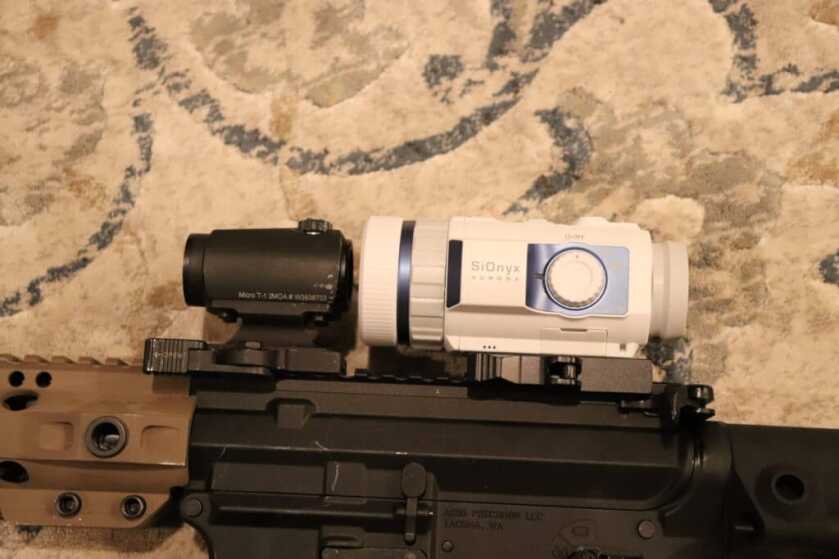
If you go and watch other reviews of the Sionyx Aurora, from gun community guys, you are going to see a fair bit of people poo-pooing it. I watched those videos too before I decided to give it a try. Two things I want you to keep in mind when you watch those reviews. Number one, some of the people saying this isn’t a good option are selling the much more expensive option. Number two, we have a segment of the gun community you all know well. They are the guys that have to buy the same boots as SEAL TEAM 6 gets issued, in the same color, even if they will never use them anywhere outside of the plush carpet of their fanboy cave.
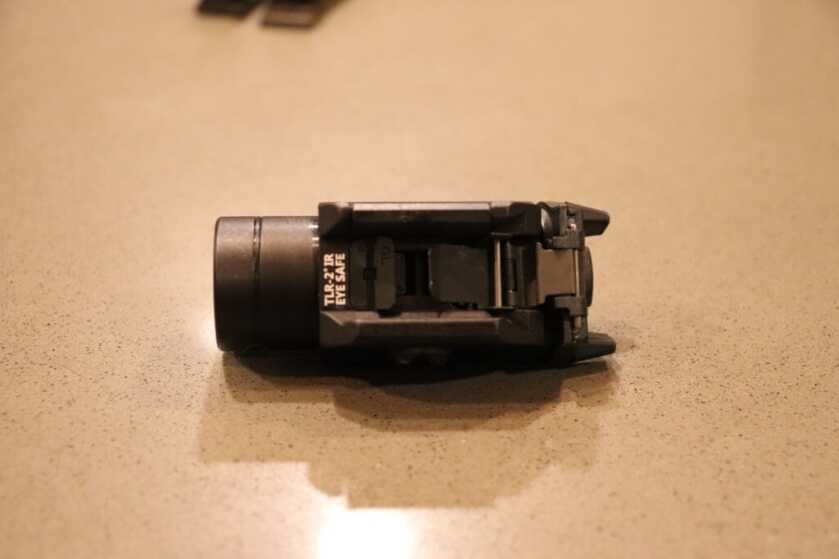
I don’t usually flex resumes during a review, but I’m making an exception here. I’ve logged thousands of hours under NVG’s. I’ve driven countless miles. I’ve done more dangerous stuff like slap-up breaching charges and be in actual firefights under NVGs than I can count. I’m going to say that for once, my opinion absolutely weighs more. Get me an Aurora Sport review from someone else that has fallen from 12,500 feet through a dark sky and we can have a rational debate. Until that time, I am going to ask you to trust me on this one.

The Aurora model does have shortcomings. First off, it is in no way military-grade hardened. While mil-spec NVG’s are also a fragile item, the Aurora feels more so. I did actually drop it once ( off the 556 gun under recoil), and it survived. But it was a relatively soft mud landing. Like my Canon Camera, I wouldn’t want to test it even once on concrete.
The battery system is not the best. The device has about a 2 hour run time, which is short. It also requires a special camera battery, not a double A or CR123. You can order spares, but you won’t find spares at your local Walgreens. You can charge the battery internally via a USB port, which is fine if you only need to use it for 2 hours. Swapping the batteries reveals another point of fragility.
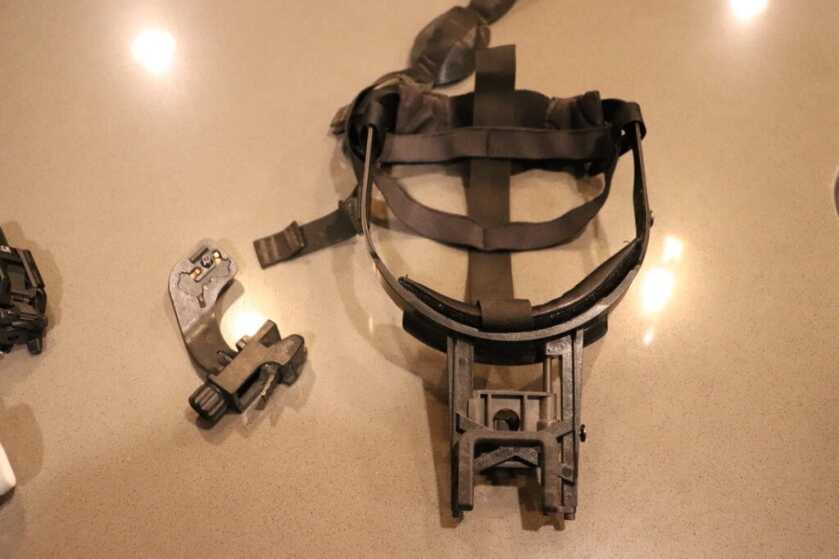
Beggars can’t be choosers, but the way the camera comes apart for the battery swap is concerning. The entire rear lens has to come off. It is a simple pull-down lever to do so, but it brings up two points. One, anything that comes apart easy can’t be trusted to survive. And two, a battery swap exposes all the internals, including the electronic connection between the sensors and the viewport. Not only are they exposed during the change, but I have concerns about the long term durability of the connection going back together. I had no problems with mine, but I’ve probably opened it less than 20 times so far.
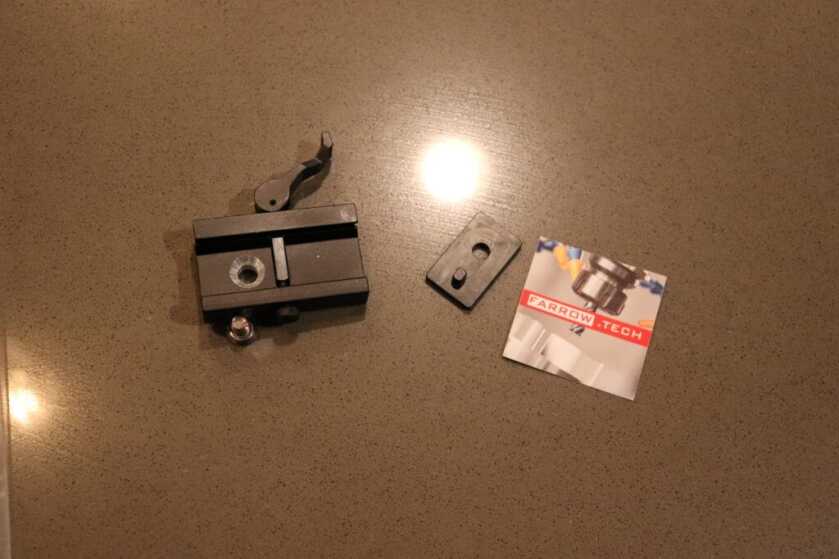
Picatinny weapons mounts are available, again from the boys at farrow.tech . The mount comes in multiple heights, to match your red dot of choice. My Aimpoint T-1 is “absolute co-witness” height and the Farrow.tech Sionyx mount did match very nicely. But, again, a couple of things to know. First, the farrow.tech mount is $50. When you get it in hand, you are going to notice that it is not the same as a Larue or a Bobro mount. It isn’t bad, but it also isn’t high-end mil-spec quality. I didn’t tighten it down tight enough the first time I used it and blasted the Sionyx off an SBR 5.56 gun in just a few rounds. Getting a little more aggressive did fix it, but that is nerve-wracking with a very expensive fragile piece of electronic on board.
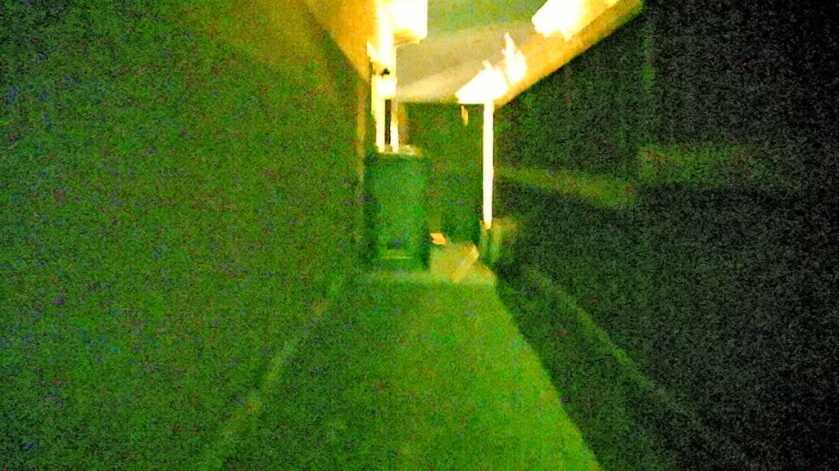

Secondly, the Sionyx viewfinder flares out pretty badly with muzzle flash. Granted, I was using an 8 inch 5.56 barrel as one of the test items. But, even suppressed on a 10.5 300 Blackout, you will notice. How does this compare to a PVS-14? No idea. I’ve shot a PVS-14 mounted behind an optic maybe once in my life, and it was 15 or more years ago. It just isn’t something we did in the military. The only data point equivalent I would have is the clip-on device for the scope on my SR-25. And at a price point equivalent to a new truck, I don’t think it really counts.
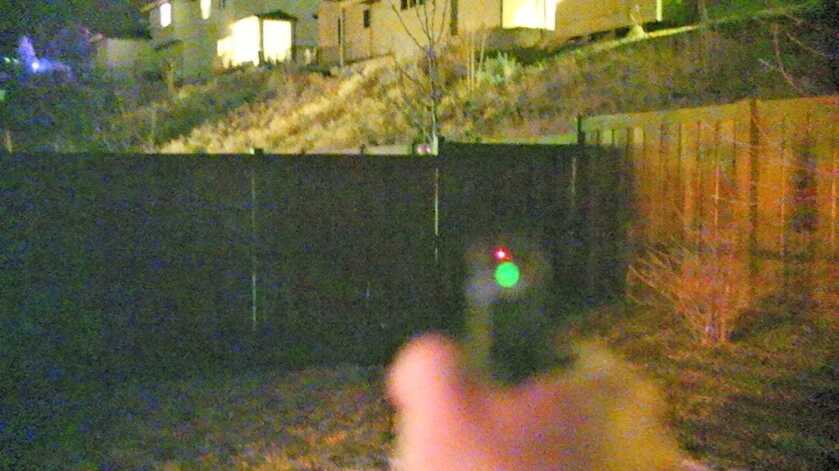
One last bit about being weapons mounted has to do with the various Sionyx models. I very intentionally test the absolute cheapest model, the Sport. The manufacturer doesn’t say so, but various other sources swear it is the same electronics onboard, just without a GPS function. However- the Sionyx website says the Aurora ( $599) and Pro ($999) models are rated for 4000 rounds of 5.56, while the Sport ( $399) is not. I shot about 100 rounds only, so buyer beware.
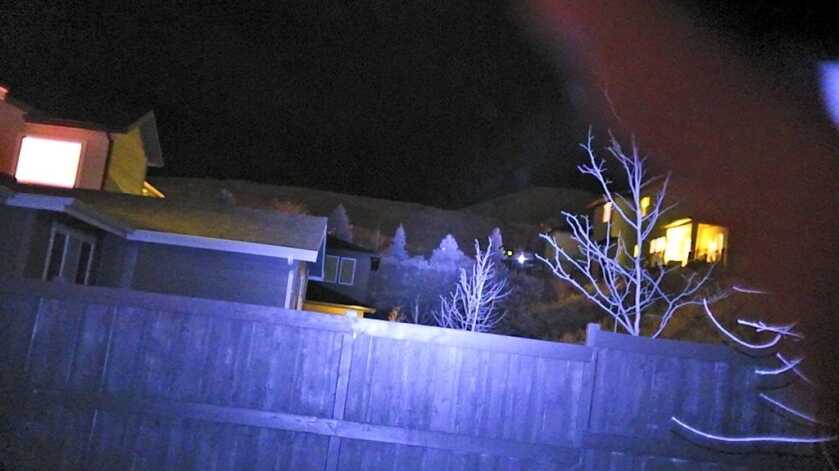
With all that said, the farrow.tech Picatinny mount is still absolutely worth it for one reason. It makes zeroing an aiming laser stupid easy. With the Sionyx mounted behind your optic, drive the laser beam to match the aiming dot. Game over, you don’t even need to shoot it to be zeroed.
Weapon mounted, not so great. But the Sionyx did shine in a goggle mode, which is what I prefer anyway. First, shortcomings. The Sionyx Sport requires an adaptor to interface with US military helmets or “ skull crushers”. A skull crusher is a torture device the military has used for decades to hold NVG’s. While it is light, a helmet is much more comfortable. But, a helmet and appropriate mount cost more. You will have to source these outside of Sionyx, I got mine from eBay. You need one of two options, in addition to the farrow.tech PVS-14 adaptor plate. ( $32 for a tiny piece of plastic, but you need it.)
Option 1: Helmet with mounting plate. ( Ops-Core Bump, Team Wendy, Amazon Airsoft)
Rhino Mount, Ebay or Surplus Sight.
“ J-Arm” Ebay or Various websites new.
Option 2:Skull Crusher
“J-Arm”
I went cheap, as we are doing a bare-bones review. That is option number 2 and will set you back about $90. I also want to mention here that you can just hand hold the device, it will work. You can easily shoot a red dot pistol that way if needed. But mounted is a good option if you can afford the extra parts.
So, what shortcomings does the Sionyx pack as a goggle? Only one really, and I find it not that big of a deal. A regular “tube” NVG is just that, a tube. As in, its round. So no matter how you hold it, the picture is the same. That is what the above-mentioned J-arms and Rhino mounts are built for. The viewfinder of the Sionyx is a square like we usually find on cameras. So when you mount it up, with a skull crusher at least, mine sat an angle. So basically I had a viewable box sitting on a diagonal plane. Not the world’s greatest field of view, and perhaps disorienting if you are new. This may be one place that having tons of NVG time gives me a biased opinion. After a few seconds of adjustment, I didn’t even notice anymore.

Performance-wise, the Sionyx comes with one huge caveat. In very low light conditions, it absolutely SUCKS without an Infrared ( IR) flashlight. I didn’t have a tube goggle to compare too, so I am going off of memory. Being fair, a real PVS-14 isn’t exactly awesome with very little ambient light. A night vision device is more properly called an image intensifier. As it intensifies any natural light ( stars, moon, IR whatever) to create an image. In true “complete darkness”, a PVS-14 wouldn’t work either. But, the Sionyx does a noticeably worse job in very low light conditions. Like moonless in the desert conditions. But, throw out an IR beam, and it is good to 200 meters. With proper support, I would say it allows you to see as well as a PVS-14, or very near it.
The biggest thing you will hear from the neigh sayers is that the lag time in the Sionyx means it isn’t tactical. And the lag time issue roughly means a small delay from what happens, to what you see in the lens. Here is why. A traditional tube NVG has lenses baked in an oven, chemical magic, blah blah. What creates your image is light bouncing off those intensifiers, the same way our eyeballs work. So it is close enough to instantaneous your brain can’t tell the difference. The Sionyx is digital. So it does the conversion up front, runs it through a processor, and has to create an image on the backside. It takes a microsecond or two. Where I noticed this was in quick head movement. I didn’t see a delay, but the image got blurry. I didn’t think it was a big problem, but I also wasn’t engaged in mortal combat at the moment.
It might seem like I brought up only the shortcomings of the Sionyx, but it was for a reason. I never want to sell you guys a load of BS. The Sionyx is not as good as a traditional NVG, no doubt about that. And I want you to know that up front. But.
In my professional opinion, it is absolutely an acceptable substitute. It is the best cheap night vision I have ever seen, and you would be hard-pressed to find a better value for the job. This is one I highly recommend, and soon. With the Chinese industry shutdown, this is a product likely to run out. Grab yours while the grabbing is good. If our current situation turns the lights out, this is a purchase you are never going to regret.
Visit the SiOnyx website or you can buy the Aurora Sport from 3rd party sellers like Amazon.

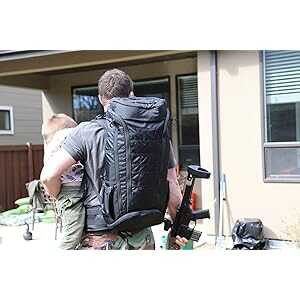
What NVG devices are possibly $100,000 that you have used, give me a break.
He isn’t lying. I was in during the same time and in similiar units.
PVS/23 were about 30K in 2007
GPNVG were about 100k in 2009
ENVG or Fusion (PSQ-36) were 100k+ in 2009
Check out Lions Gear Solutions for an excellent mounting options. O AURORA’S squre on shlu!d improve thing a little. My mom question is will the pro be orth the extra $s? Anybody tried both Sport and Pro?
Thanks for an honest review. We that have no experience in this area, really appreciate that. The thoroughness was great also. All the stuff we don’t know was covered.
Love that fact you are back up and running! Stay well, stay safe and keep up the good work!
Thank you for a very good and honest review. From some who has used the real deal. Not a arm chair general
I too have the hrs behind the lens and have the night time view from the above as well as below and I say it is not worth the $$…..
Also shame on you, obviously u have not learned that you don’t have a house in a draw where your neighbors can see in your backyard???
SemperFi
You can’t really “compare” digital night vision to Gen 3 traditional night vision (that costs 10x more) because the technology, resolution, effective range, etc are completely different. A better comparison would be to a comparably priced DNV unit, like a Bushnell Equinox or Sightmark 320. The only advantage of the Sionyx is its mounting capabilities, whereas other DNV units are handheld (or strictly scopes). Would like to see how this unit’s picture compares to the Bushnell or Sightmark. Also, what is your eyestrain after walking around for 15-20 minutes?
Nice article, I like your attitude.
“…neigh sayers…” I like that. Are you calling them horses’ asses?
I would never do that…. 🙂
Great review. Straight forward and no b.s. Great to see you back into the saddle and slinging lead!
Thank you. It’s good to be back.
The pictures and video make the image look really skewed – is it very noticeable when wearing it and looking through it? How’s the eye strain from using it at night?
I didn’t have a big problem with it, but I also have a lot of NVG time. I would say its going to be very user dependent.